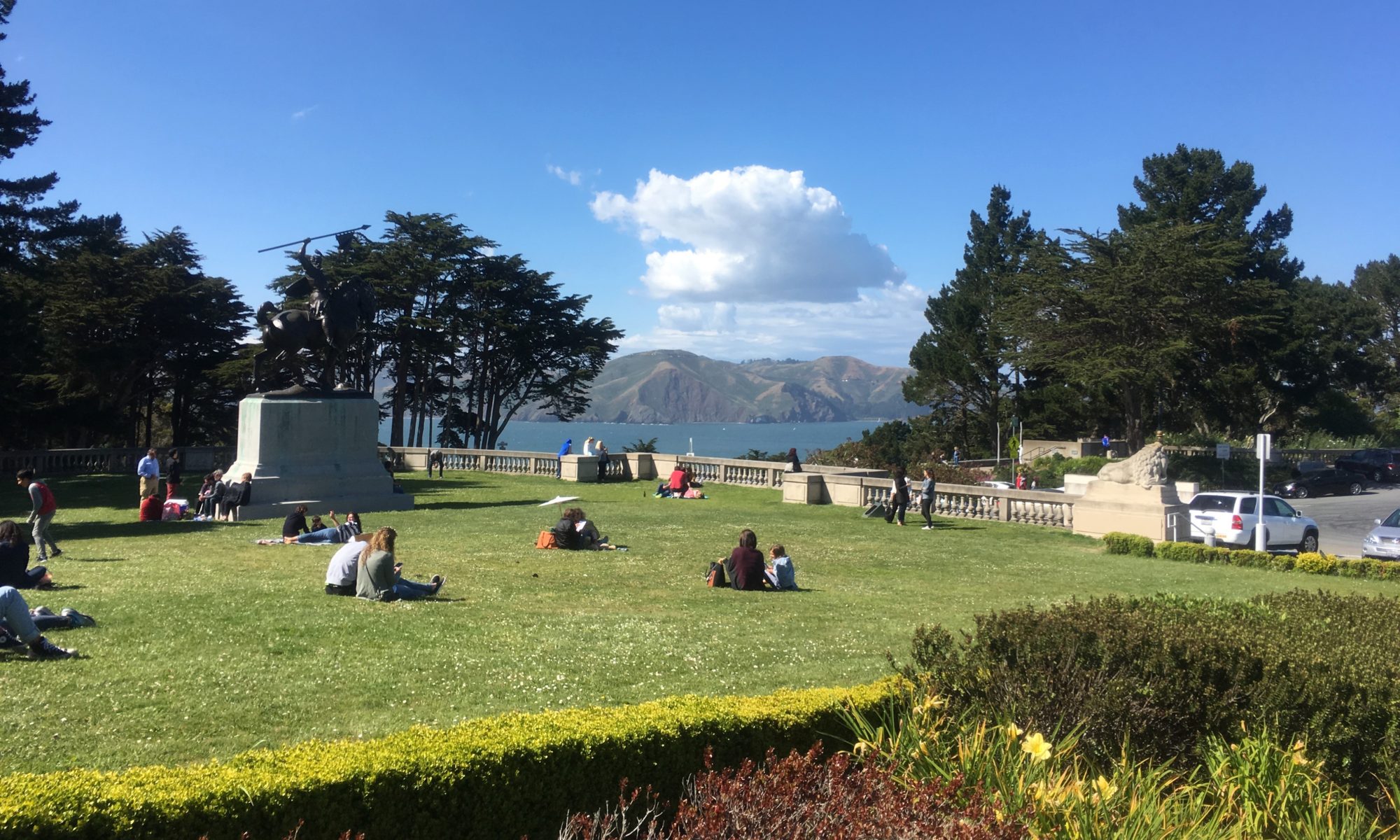By Keith Menconi : sfexaminer – excerpt (audio)
A new front is opening up in the brewing political battle over San Francisco’s still-in-progress plan to upzone large swaths of the west and north of The City.
A coalition of local businesses and progressive advocates is raising the alarm about the possibility that widespread upzoning could result in a large number of mom-and-pop shops getting displaced as looser zoning rules unlock a wave of new residential construction projects.
Such projects often force small businesses to relocate for lengthy periods to make way for demolition or remodeling work, they contend.
“As commercial corridors are upzoned and the value of buildings and parcels in these corridors increase as a result, we anticipate a substantial increase in landlords using these tactics to push long-term community-serving businesses out,” said Justin Dolezal, a co-founder of local advocacy group Small Business Forward.
For the most part, small businesses in San Francisco do not own their own buildings, according to the group. That leaves local establishments — including bars, restaurants, retailers, and nail salons — highly vulnerable when landlords decide to increase rents or simply choose not to renew lease agreements.
Dolezal’s group is making the case that as city leaders consider adopting a new zoning map that would increase height and density limits along dozens of commercial corridors, The City should first put stronger safeguards in place to protect the thousands of small businesses dotting San Francisco’s cityscape.
Local small-business advocates turned out in large numbers during last Thursday’s meeting of the Planning Commission to present their list of proposals, including additional requirements that developers provide financial support to small businesses displaced as a result of building demolitions.
In making the case for such safeguards, they described such small businesses as beloved local institutions that serve as valuable engines of commerce as well as highly prized communal hubs for the neighborhoods they serve… (more)
